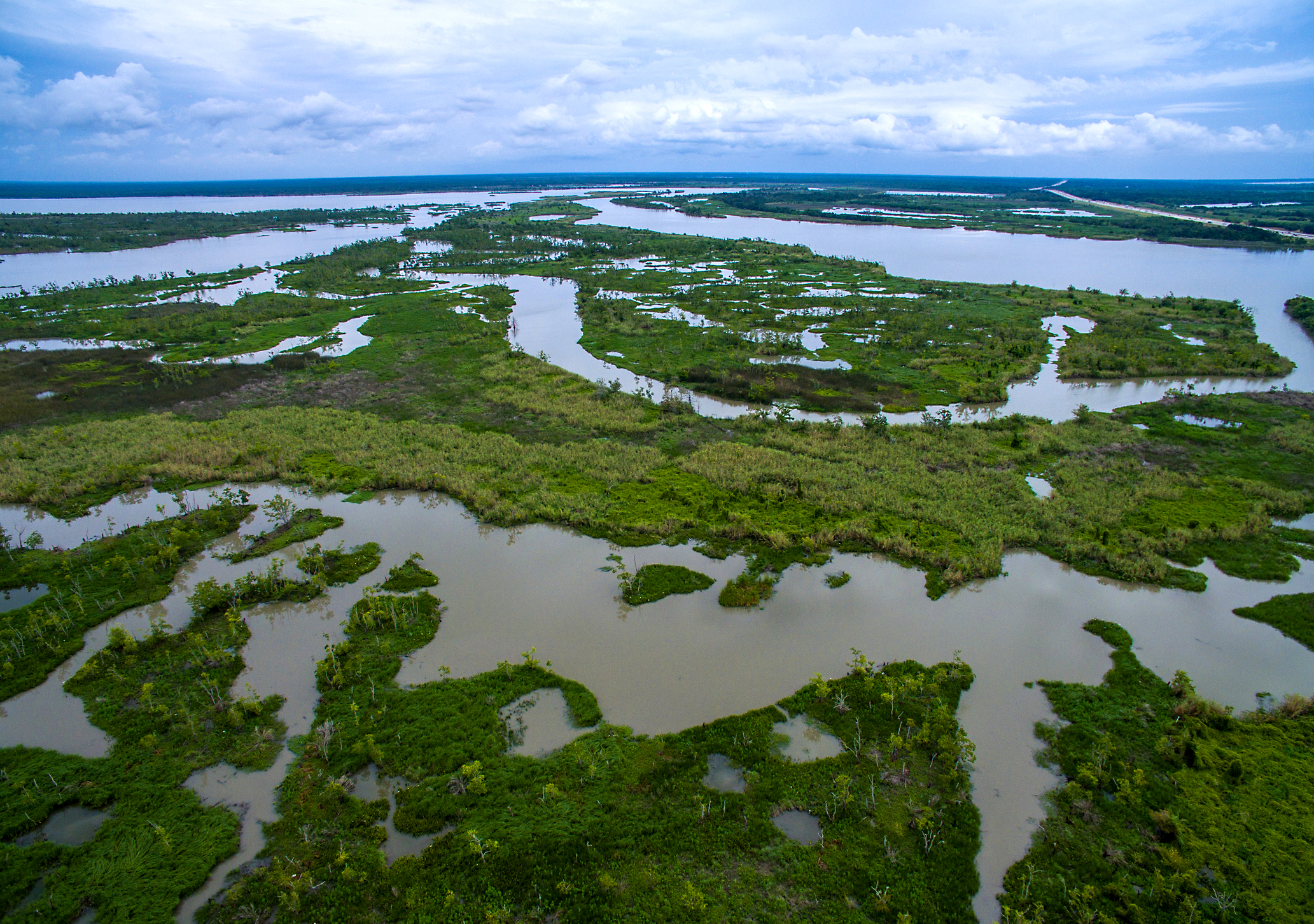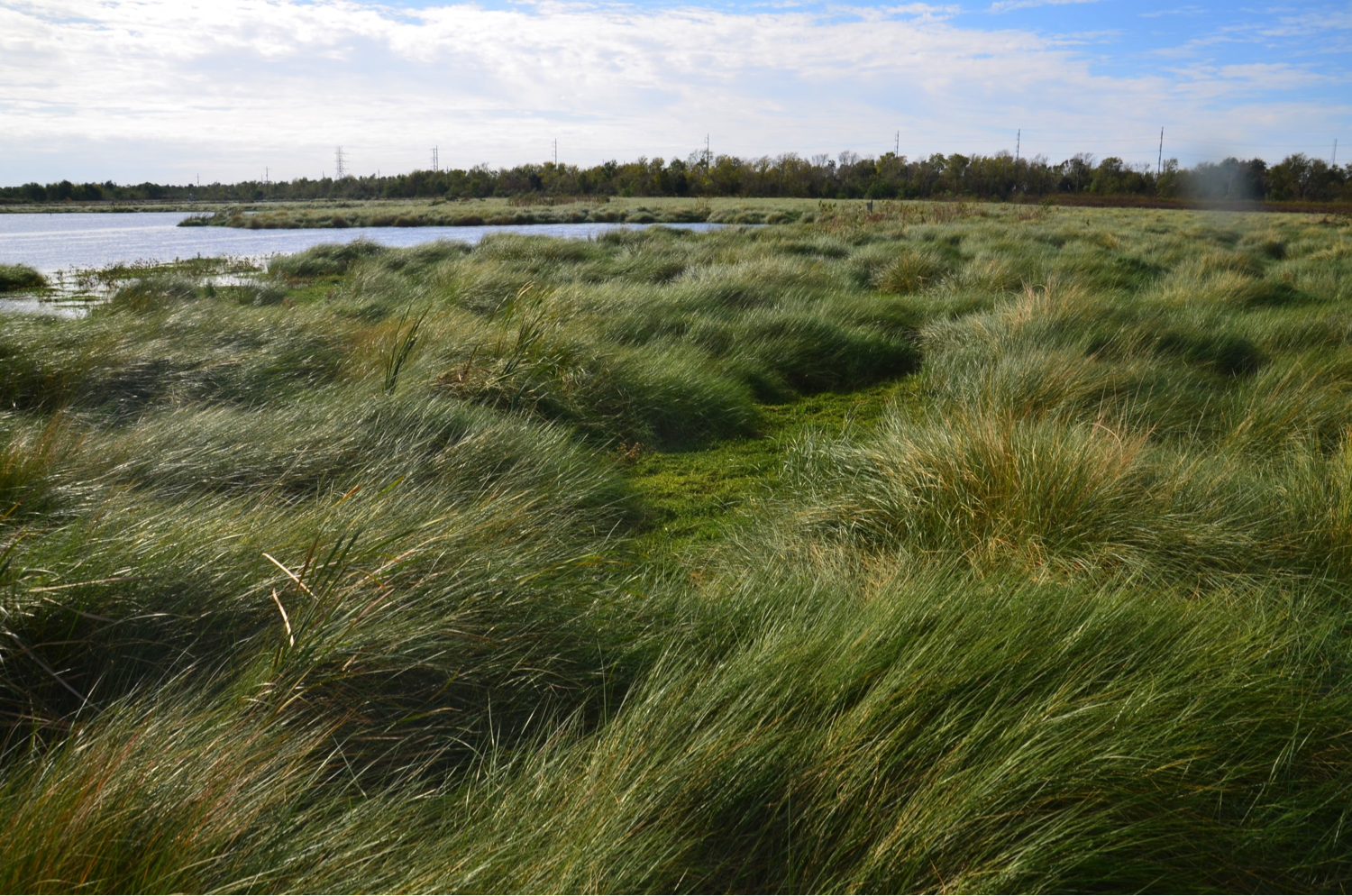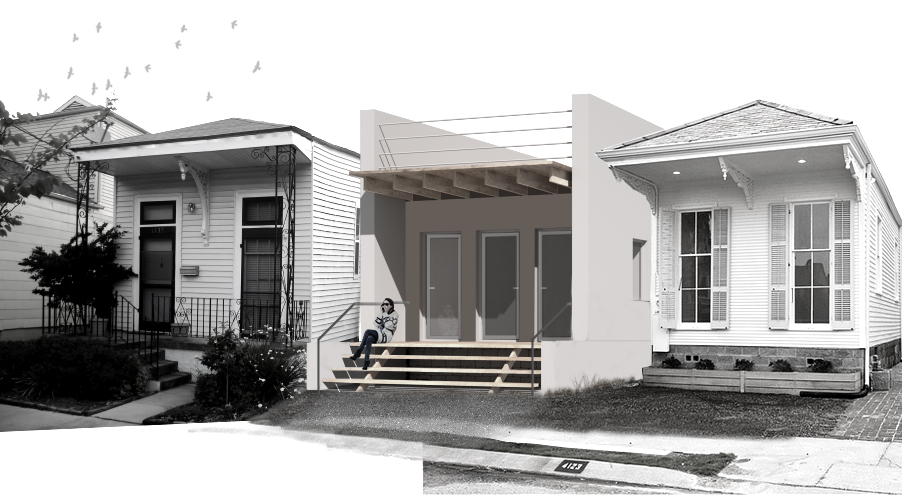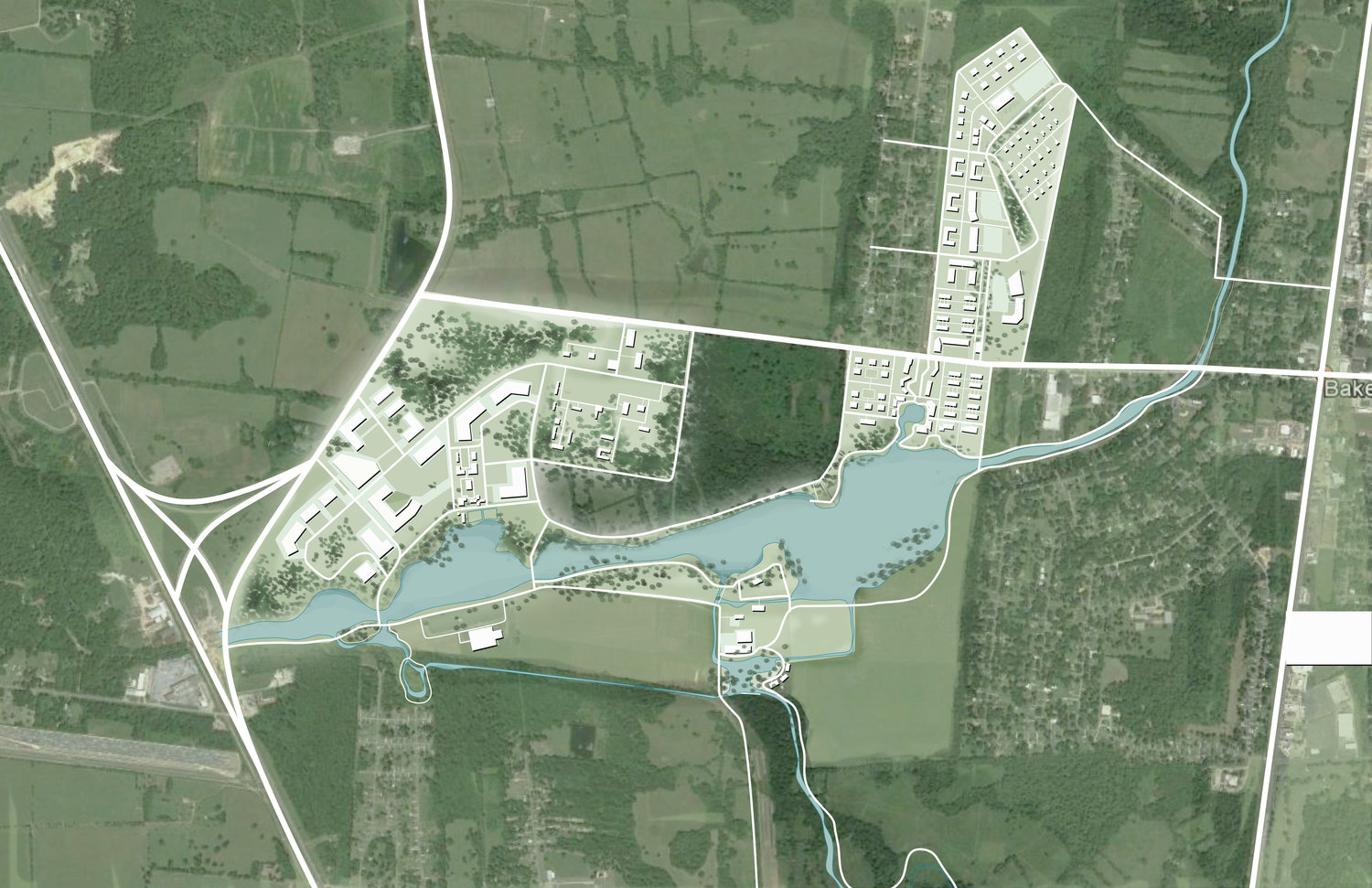
How Baton Rouge is aiming to become the hub of coastal restoration and climate change solutions
Editor’s note: This story has been updated since it’s original publication. An earlier version stated the federal government has promised $50 billion in funding to the state for coastal restoration. CPRA has notified 225 Magazine that the state is seeking $50 billion in funding, but it has not been promised. 225 regrets this error.
You’ve probably heard the numbers: Louisiana’s coast loses about one football field of land an hour. Coastal erosion and climate change continue to be some of the biggest problems facing the state.
Still, Louisiana has beefed up its investment in finding a solution since Hurricane Katrina, and much of the action is happening in Baton Rouge.
|
|
At the Water Campus downtown, which broke ground in 2015, the nonprofit research group The Water Institute of the Gulf is wrapping up construction of a futuristic headquarters on the old city docks. It joins the state’s Coastal Protection and Restoration Authority, operating in its new office building there since 2016, and LSU’s Center for River Studies, set for a ribbon-cutting at the end of this year.
Add to that the work done on LSU’s campus by some 230 faculty members through entities like the Coastal Sustainability Studio and it amounts to a lot of on-the-ground research to save Louisiana’s coast—all based in the Capital City.
The state is seeking $50 billion over the next 50 years from the federal government for ecological restoration. The funding, however, is still insufficient, says CPRA Public Information Director Chuck Perrodin. State officials are left to decide which communities are most in need of massive projects like land restoration and protective levees at the exclusion of others.
Even so, federal funding will allow researchers at the Water Campus to push Louisiana toward the forefront of coastal resilience.
“The world is taking notice,” Perrodin says. “People are starting to look to Louisiana more and more because what we’re doing—how we’re doing it, the science we’re developing—is something the rest of the world needs to understand.”
Read on for a look at some of the projects Louisiana researchers are spearheading.
HOW THE CPRA IS RESTORING CRUCIAL MARSHES

After the Great Mississippi Flood of 1927, the U.S. Army Corps of Engineers built levees to prevent the river from flooding again. The levees, however, have kept river sediment and freshwater from replenishing marshlands. Saltwater has engulfed marshes, destroying plants and resulting in colossal land loss.
Those marshes act as a natural buffer against storm surges.
The CPRA has so far spearheaded 81 projects to rebuild land lost to sea-level rise, erosion and subsidence (land sinking). By dredging rich sediment from the bottom of the Mississippi River and transporting it through pipelines, the CPRA has restored thousands of acres of marshland and barrier islands, the equivalent of 34,000 football fields. The latest project will replenish the Maurepas Swamp just south of Lake Maurepas.
After crews deposit sand and mud, vegetation should spring up on its own, mimicking nature until nature takes over.
According to the U.S. Geological Survey, Louisiana’s coastal restoration initiatives have contributed to slower rates of land loss. Instead of losing the equivalent of one football field of land per hour, Louisiana now loses it every 100 minutes.
HOMES THAT CAN WITHSTAND STORMS—AND ARE CHEAP, TOO

Earth block construction is popular in arid climates like New Mexico, Arizona and Texas. The building blocks are made of compressed soil, and can be used to design affordable, sustainable and weather-resistant homes. LSU’s Coastal Sustainability Studio students and professors took on the challenge of testing whether earth-block construction could be feasible in the humid Mississippi Delta region.
Architecture and engineering students collected soil from the area, processed it, then poured it into a custom-made block press. They built a wall behind the LSU Design Building to test how earth blocks would withstand the elements for six months. They found that coated blocks didn’t show signs of weathering. Further lab tests found that earth-block construction withstands winds up to 135 miles per hour.
While traditional construction methods like brick and concrete can also be made to withstand strong winds, earth blocks could be a more affordable alternative, according to professors involved in the project. They are also more resilient to storms than materials used in other affordable housing, like mobile homes or wood-frame homes.
Architecture students came up with designs for shotgun homes using the blocks. They considered not only cultural and environmental conditions but also aesthetics so the design would appeal to local communities.
The lead LSU professors are preparing a National Science Foundation proposal that would allow them to continue research and develop prototypes of earth-block homes.
A CANAL PROJECT OPENS DOORS FOR A REDESIGNED COMMUNITY

While the state has struggled for decades to build the Comite River Diversion Canal and help alleviate flooding, just three miles south of it, teams are developing plans to naturalize and redevelop the concrete eyesore known as the Baker Canal.
The 2-mile canal is near Scenic Highway and BREC’s Greenwood Community Park.
Over the years, Baker Canal has accumulated crumbled concrete and river sediment—though it doesn’t flood, it does retains water.
Working with the U.S. Army Corps of Engineers, LSU’s Coastal Sustainability Studio is developing plans to naturalize the canal so water can flow at a normal rate. To achieve this, the concrete would be gutted and the canal likely connected to a larger, man-made body of water.
The LSU team became involved through a partnership with Southern University to design renderings of how the canal and 800-acre corridor could be utilized.
Developers are realizing the corridor’s potential for new neighborhoods, a research space for Southern and other facilities. CSS Director Jeff Carney says students are dreaming up possibilities that professionals can later build upon.
LSU landscape architecture associate professor Austin Allen has taught three studio courses dedicated to the canal project. Future courses should bring architecture and engineering students into the design process, he says.
“I hear from people in Baton Rouge who are either in the landscape architecture world or developers, and they’re like, ‘This is interesting; this is an area we haven’t thought of,’” Allen says.
PINPOINTING CRITICAL FACILITIES THAT ARE MOST VULNERABLE
One of the The Water Institute of the Gulf’s latest projects, “Identifying the Vulnerability of Critical Infrastructure,” explores how critical community facilities, like hospitals, grocery stores and government offices, might withstand a 100-year-storm scenario under current conditions and in the future if sea-level rise continues.
Using data from the state’s 2017 Coastal Master Plan, the project focused on two coastal areas: Morgan City and lower Lafourche Parish. Lower Lafourche has experienced marshland loss, while the Morgan City area has gained more than 18 square miles of land since the 1970s, after a channel was built in 1941.
Research associates estimated heights and elevations of necessary facilities in both areas. They also assessed how flooding would affect at-risk populations like the elderly, children, different racial groups and lower-income families. The Water Institute drafted a timeline to help communities determine which structures should be elevated or floodproofed over increments of time.
Director of Human Dimensions Scott Hemmerling says further interviews with residents could help researchers understand how those groups cope with weather events and their needs in the aftermath.
Hemmerling hopes to study other Gulf Coast communities and assess nontropical weather events, in light of the August 2016 flood.
This article was originally published in the November 2017 issue of 225 magazine.
|
|
|

